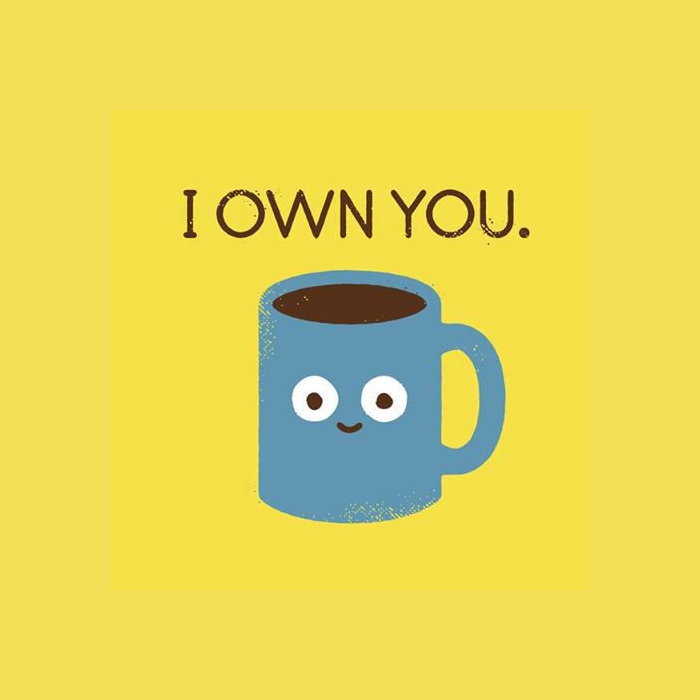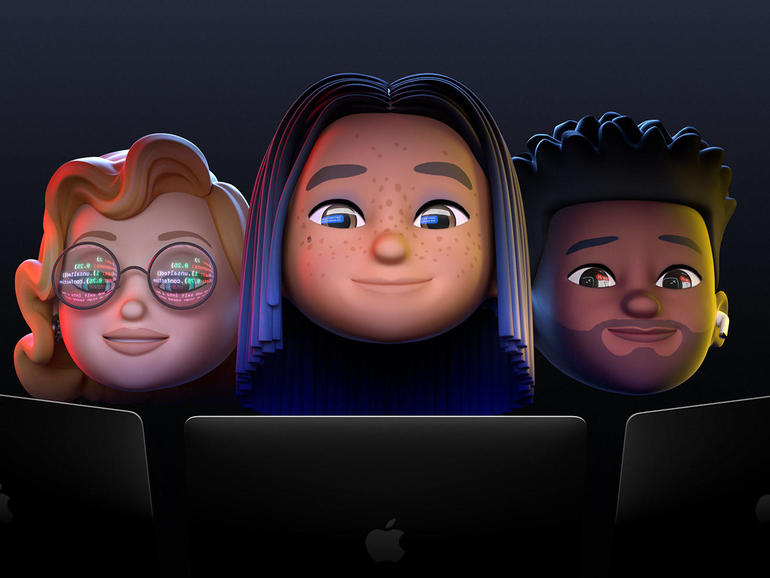The only thing stopping me from a bad idea is another competing bad idea.
–Adam’s first rule of infinite bad ideas.
That sentence alone may as well summarize everything from my professional career as a freelancer to my time at university, yet somehow I still come across work and maintain my knowledge as a web developer while ardently pursuing how to improve my craft as a writer. Despite this, I often feel like there aren’t enough hours in the day to get what I want done. What follows is a vicious cycle that starts with the (mistaken) thought process that I’d be wasting time if I got the sleep I needed, leading to me begrudgingly trudging through the late hours of the night -potentially into the early hours of the morning of the next day- running off of caffeine and the will of God to feel marginally more productive than I did hours before when the sun was still in the sky. Suffice to say, I needed a change from “more espresso, less depresso.”


A few days before my second Ramadan in lockdown during the COVID crisis, I took some time to reflect on my habits and found myself stuck on my dependence on caffeine as a fixture of my everyday routine. As much as I enjoy the process of making coffee and the chemistry-lab-like appeal of experimenting with ratios and preparation methods, my excessive consumption made it harder to unwind, sleep, focus, recall things, and structure my day all while exacerbating my existing issues with anxiety. I didn’t want to entrench that dependence even further and enable even worse habits down the line that could lead to financial ruin, severe deterioration of my health, or any adverse consequence that could affect myself and my loved ones.
With a day left to go before Ramadan started, I decided to completely cut caffeine for the entirety of the month and to compensate for the lack of caffeine, I’d be doing increasing reps of push-ups, sit-ups, squats, and jumping jacks throughout the next 30 days to hit a monthly challenge I was tracking through an app called OneRep on iOS. Unfortunately I had no time to ramp down my habits so I figured now was just as good of a time to start than ever and to go cold turkey right away. I figured, “what’s the worst that could happen?”
And by truth, that was an apocalyptically bad idea.
At first, anyway.

